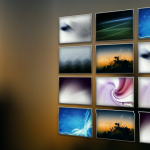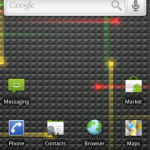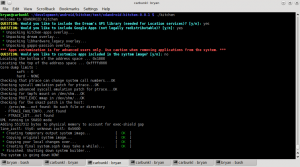Riding the thunder of Cyanogen’s 5.0.7 announcement, I’ve made some great progress with XDANDROID for our devices. Much of this progress comes from cyanogen’s great work, enabling the Nexus-targetted applications to run on other hardware. Note that for all of this work, I’ve cherry picked cyanogen’s changes in hopes of keeping XDANDROID as close to upstream AOSP as possible. We can worry about feature releases later.
First of all, Gallery3D is now fully functional. In fact, I had gotten it to run before, but it would crash on rotation, sucking the GPU’s memory dry. A simple fix from cyanogen has alleviated that problem. Our XDANDROID fork brings his work to our releases. Here’s a look:

Next up, we have some work with Live Wallpapers, also as seen on Nexus. These are a little more difficult to deal with. Most of them use complex RenderScripts, resulting in a lot of GPU memory hogging. This, in turn, leads to out-of-memory errors and Android system crashes. Unfortunately, I have not yet managed to get these working reliably with hardware 3D rendering. I’ve gotten the Grass wallpaper to run for a short time (2 seconds) before crashing. However, they do run as expected (but slowly) with software rendering, which is good progress. Here’s a look at the Nexus live wallpaper…

To get that working at all, I needed to change the base Android framework. The Live Wallpapers use a library called RenderScript, which does the heavy graphical lifting. In upstream AOSP, RenderScript expects an OpenGLES-2.0 capable GPU to be available. Our devices don’t have that luxury, so we have to make it happy with what we’ve got. That means not only letting it render with OpenGLES-1 hardware, but conforming to the GPU’s additional requirements because of that. Luckily, cyanogen made it as easy as flipping a couple of switches in the product config (vendor/xdandroid/msm/BoardConfig.mk).
All of this work is going to be committed (or already has) to gitorious. I still have some more work to do, primarily concerning the Live Wallpapers, then adding a buildspec.mk switch to enable those apps over the default ones. I’m also going to try my hand at getting Launcher2 working, but that could be quite tedious as it’s currently hard-coded to WVGA devices.
If you’re following XDAOSP Eclair development, see the project wiki for updates on how to enable those apps. Thanks for reading!
